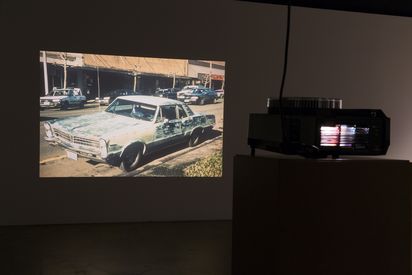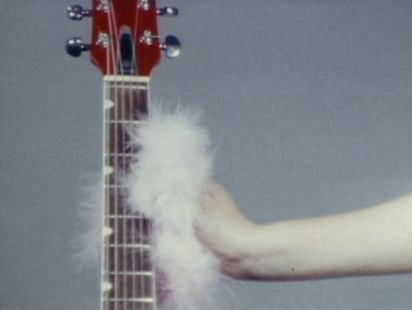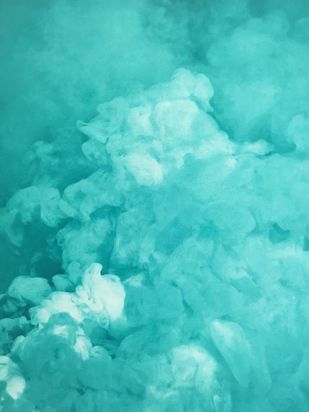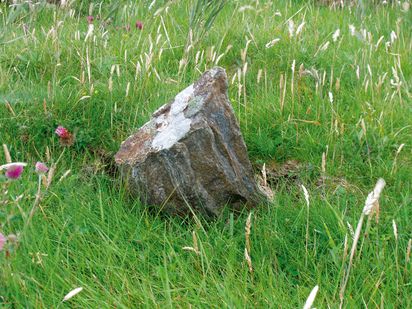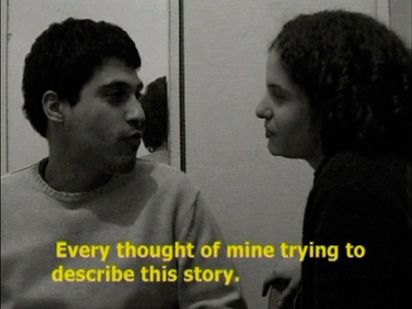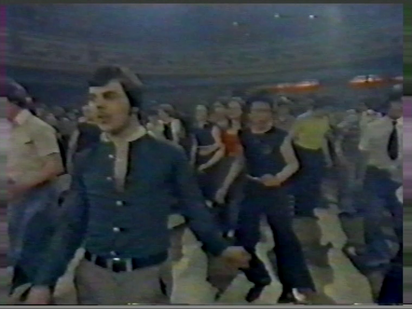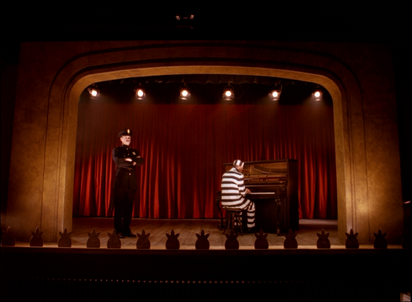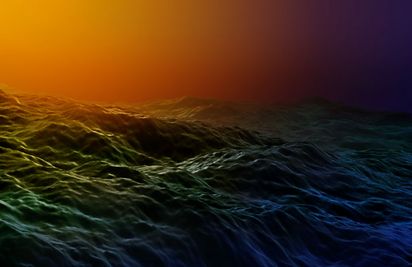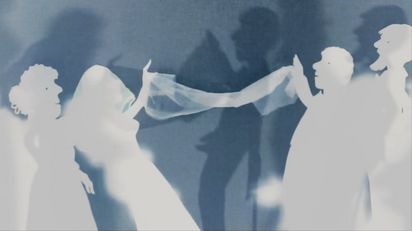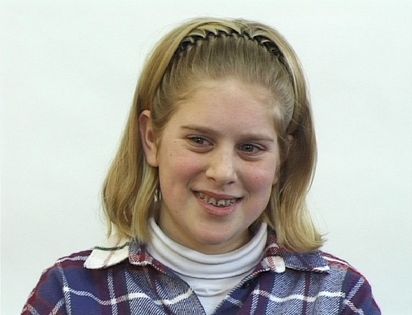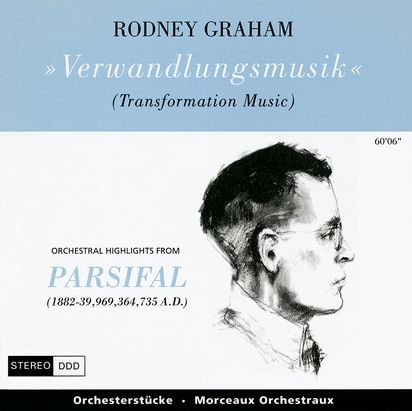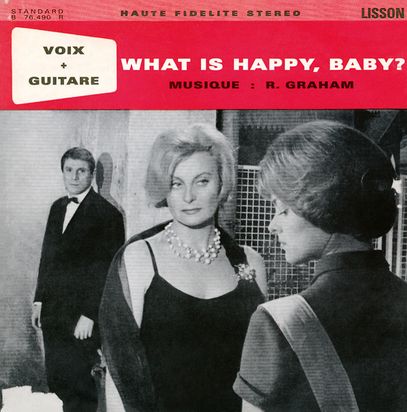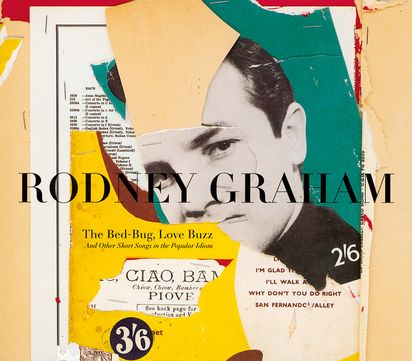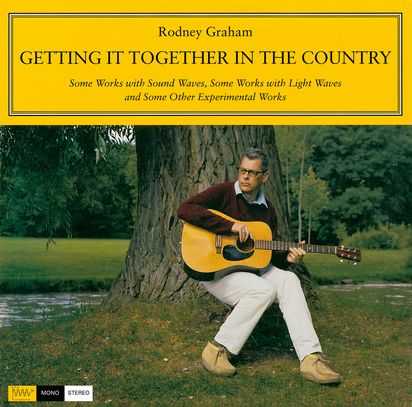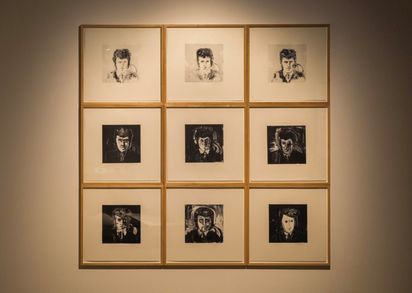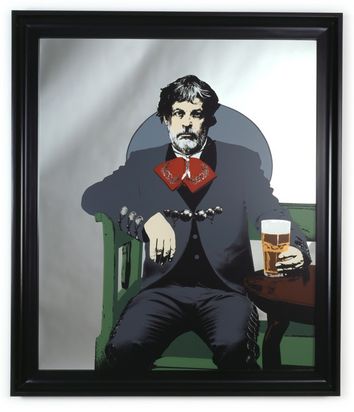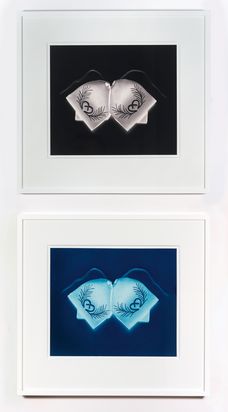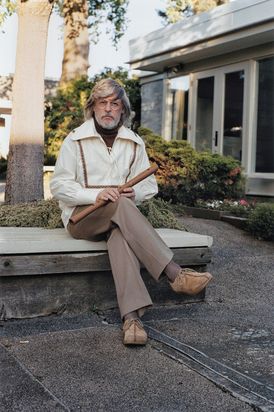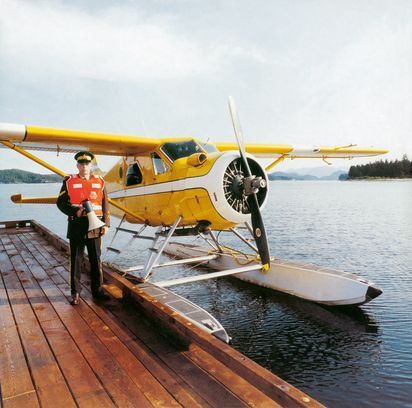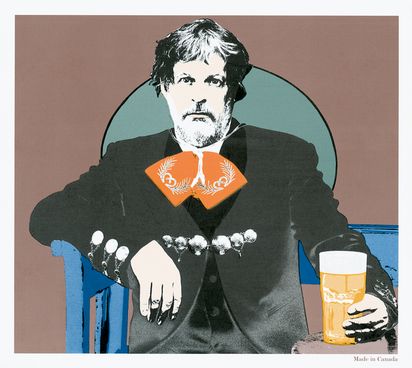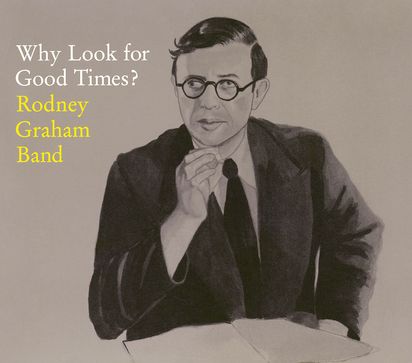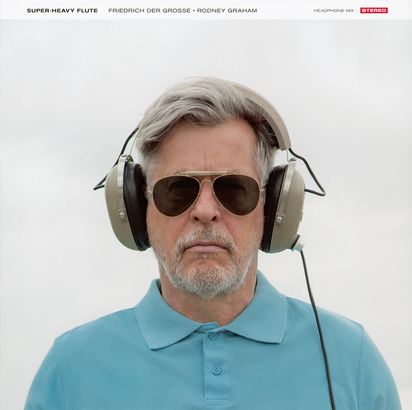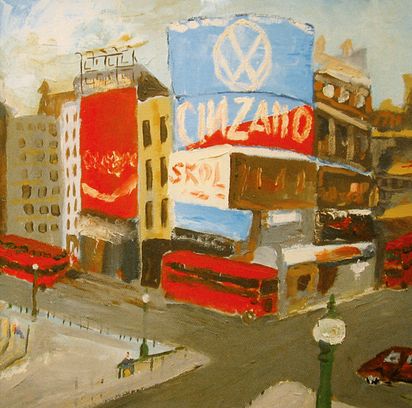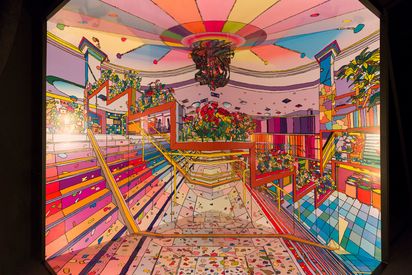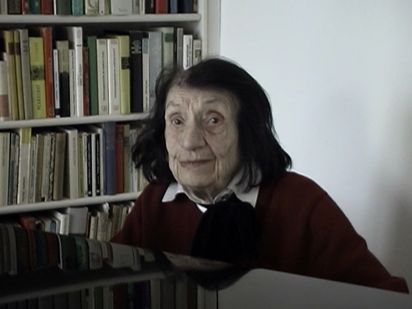Music is central to Cyrill Lachauer’s films and videos, in which it serves as an independent dramaturgic component—stirring diverse emotions and memories in the viewer—rather than as a contextual bridge. This is also the case with his film 32 m.ü.NHN. - 114,7 m.ü.NHN. (II). Created in cooperation with the composer and artist Ari Benjamin Meyers, who composed the work’s suggestive score, the film explores the surveying of landscape and nature.
For nearly two minutes, viewers see nothing, hearing only booming bass sequences and percussion sounds. Slowly, colored billows of smoke—which shift from a pulsating red to orange to white, yellow, and green and finally to blue—fill the screen. Cyrill Lachauer created this effect by igniting colored smoke cartridges in different places in Berlin: from the lowest point of the Havel lakes to the Müggelberg. Yet, neither the locations nor the performative acts are visible. The images remain abstract, just like the electronic music that accompanies the fascinating and visually powerful drama.
Insight into the background is provided by film’s somewhat cryptic title 32 m.ü.NHN. - 114,7 m.ü.NHN. (II). In geography, the abbreviation “m.ü.NHN” stands for “meters above sea level.” This is a height reference surface in the German main height network, which runs through the normal mean sea level. In his artistic approach to land surveying, Lachauer does not follow the scientific information, but links the locations with an individual subjective color system.
“In part I was in interested in veiling, turning off the landscape, which is what happens in cartography, where space is replaced by a color. The smoke also refers to the destruction that accompanied mapmaking and conquests, ”explains Lachauer. The artist also investigates the ongoing effects of European colonization in other works. His solo exhibition, Cyrill Lachauer. I am not sea, I am not land, which explores land in its most varied forms, was on view at Haus der Kunst in 2020/21.


